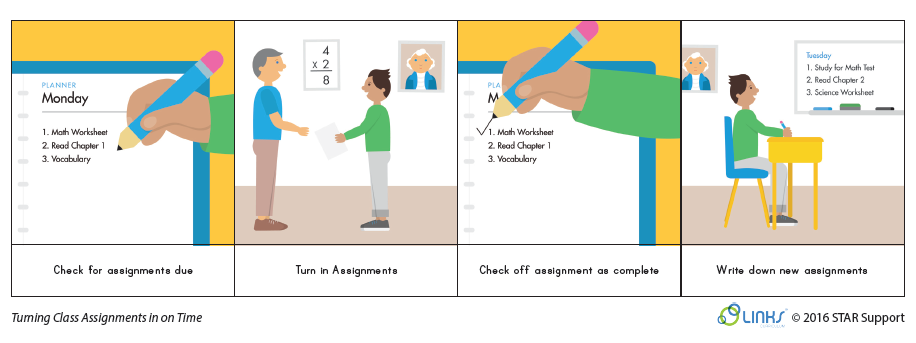Supporting Students with ASD in General Education
Supporting students with Autism Spectrum Disorders (ASD) in general education settings is vitally important, but with limited resources, this can often be a challenge. Building capacity to support all students in general education settings can be achieved by taking advantage of existing resources such as involving typical peers and general education teachers and staff. How can classrooms and schools achieve this goal? Have a plan! A few simple steps for success:
1. Students with ASD benefit from predictable, structured routines. These routines can be the foundation for success in inclusive settings.
2. Identify areas that students with ASD often struggle. Simple classroom tasks, such as, turning in homework, coming to class prepared and working on a group assignment are routines.
3. Proactively support the student. Provide a structured routine and visual supports in areas that are challenging the student.
4. Get everyone involved! Teachers and peers can be a valuable support for students as they learn routines. They also can help with motivation and celebrating success.
Tips for Teaching Routines in Inclusive Settings
- Get everyone on the same page.
- Observe the target routine (e.g., turning in homework, entering the classroom prepared) and pay attention to all the steps of the routine. Make sure everyone (including the student) knows what the student "should do."
- Create a task analysis of the routine and individualize to the student. See the Links Turning Assignments in On Time Routine.
- Create visual supports to help the student learn the routine. See the Links Turning Assignments in On Time Visual Strip. Teach the student to refer to the visual support to remind him/her the steps of the routine.
- Provide a general education staff or typical peer with the task analysis of the routine. Train the individual to take data one time per week on student independence.
- Analyze the data frequently to identify challenging steps for the student and identify skills to pre-teach and additional visual supports needed.
- If needed, practice challenging steps of the routine outside the context of the routine. Often students with ASD need repeated practice with steps that are challenging. Provide these "practice opportunities" during one-to-one or small group settings. Provide additional reinforcement while the student is learning the new skill.
- Celebrate success. A routine task analysis can remind us to pay attention to (and celebrate) the small steps towards learning new skills.
Click the image below to download the visual strip for Turning Assignments in On Time!


